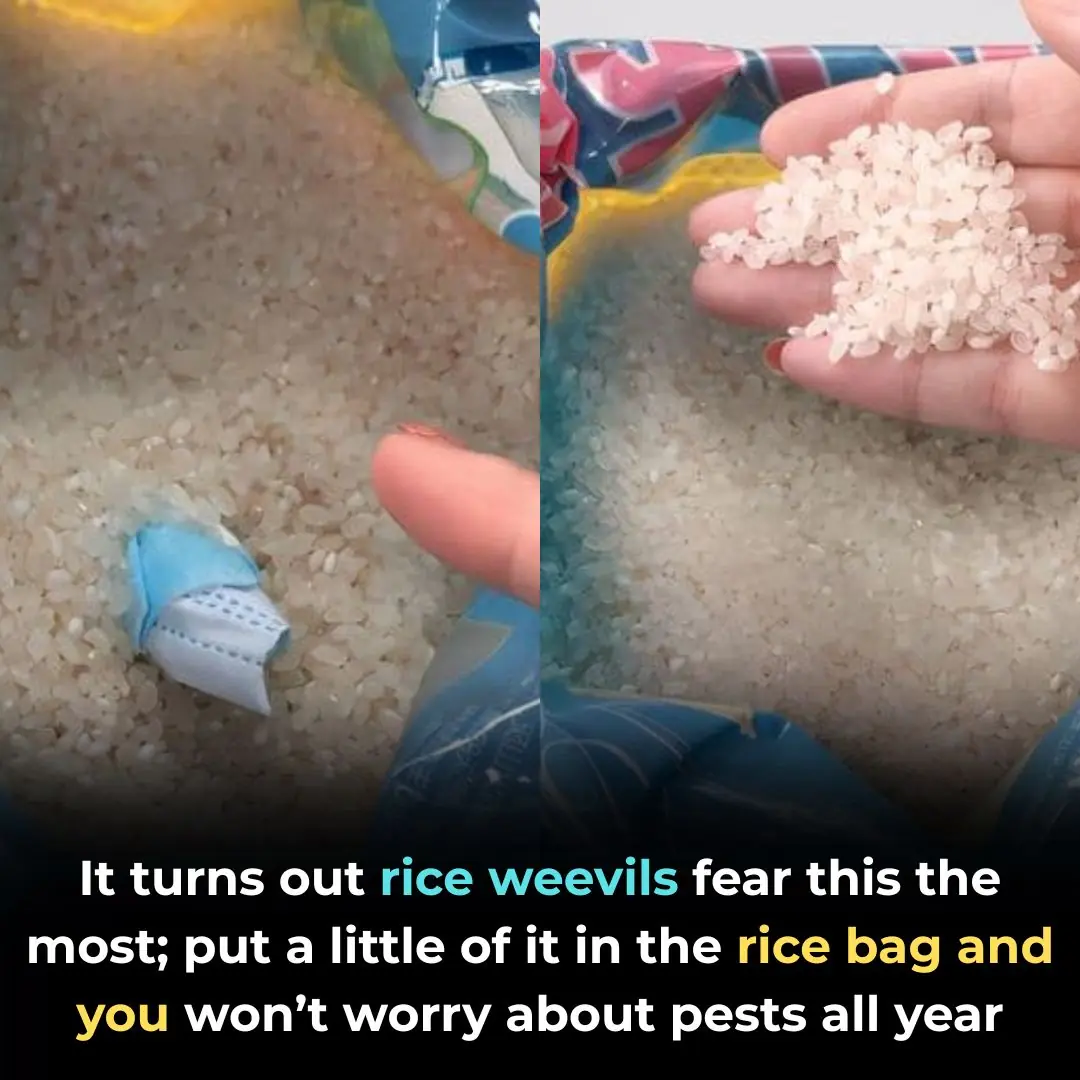
A Wild Vietnamese Fruit Sells for Nearly $120/kg in Japan — and It May Help Prevent Cancer
Few people in Vietnam pay attention to it. It grows wild by the roadside, in empty fields, or near rice paddies. Yet across the sea in Japan, this modest wild fruit — known locally as “tầm bóp” (Physalis peruviana) — is sold as a premium superfood at prices reaching 16,000 yen per kilogram, or roughly 2.9 million VND ($118 USD).
What makes this wild fruit, often overlooked in its homeland, a sought-after delicacy abroad? Scientists say the answer lies in its exceptional nutrient profile and potential cancer-fighting properties.
🌿 The Humble “Tầm Bóp”: From Wild Weed to Superfood
Tầm bóp, also called Cape gooseberry, ground cherry, or golden berry, belongs to the nightshade family (Solanaceae) — the same family as tomatoes and eggplants. It thrives naturally in tropical climates, preferring loose, sunlit, and slightly moist soil.
In Vietnam, the plant grows wild from May to September, producing small, round orange fruits wrapped in papery husks that resemble tiny lanterns — giving rise to the nickname “the lantern fruit.”
While most Vietnamese people consider it a wild weed, in countries like Japan, the U.S., and Australia, the fruit is prized for its bright flavor and powerful antioxidant compounds.
💰 Why It’s So Expensive in Japan
On Japan’s popular e-commerce platform Rakuten, 100 grams of premium Physalis peruviana sells for 1,680 yen (~304,000 VND). A one-kilogram box can reach 16,092 yen (~2.9 million VND) — making it one of the most expensive imported fruits per weight category.
Japanese consumers are drawn to its exotic taste — a mix between tomato, pineapple, and mango — and to its scientifically recognized nutraceutical benefits.
According to The Japanese Journal of Agricultural Science (2022), demand for Physalis peruviana in Japan has grown by over 70% in five years, particularly among health-conscious consumers.
🧬 A “Superfruit” Rich in Essential Nutrients
As noted by dietitian Beth Czerwony from Cleveland Clinic (2023), “Golden berries deserve the title of a true superfood.”
A 70-gram serving of Physalis peruviana contains:
-
53 calories
-
1.9 grams of protein
-
Vitamin A, B1, B2, B3, C, E, K
-
Iron, phosphorus, and carotenoids
These nutrients combine to support immunity, enhance skin health, and promote energy metabolism. The fruit’s low-calorie, high-antioxidant composition makes it ideal for those seeking natural anti-aging and anti-inflammatory foods.
🌟 Health Benefits Backed by Science
1. Powerful Antioxidant Protection
The fruit’s rich orange hue comes from carotenoids, potent antioxidants that help neutralize free radicals and reduce oxidative stress — a key factor in premature aging and chronic disease.
According to a 2021 PubMed review, extracts from Physalis peruviana showed significant activity in reducing oxidative DNA damage in cell cultures.
2. Cancer Prevention Potential
Recent studies have drawn attention to Physalis peruviana’s anticancer compounds.
A publication in the National Library of Medicine (NIH, 2020) found that withanolides — natural steroidal lactones found in this fruit — inhibit the growth of lung cancer cells and oral carcinoma cells in laboratory tests.
Czerwony adds that “its high antioxidant concentration may help the body resist cellular mutations, contributing to long-term cancer prevention.”
3. Supports Heart Health ❤️
Tầm bóp is rich in phytosterols, compounds that can reduce LDL (“bad”) cholesterol and support vascular health.
Regular consumption may improve blood circulation and lower the risk of cardiovascular disease, according to a Cleveland Clinic report on phytochemical-rich foods (2023).
4. Anti-Inflammatory and Pain Relief
The same withanolides that protect against cancer also have natural anti-inflammatory properties.
Studies published in Phytomedicine journal show that these compounds can reduce pain and swelling in patients with arthritis and muscle strain.
“It’s a gentle, plant-based option for inflammation relief,” Czerwony notes.
5. Helps Stabilize Blood Sugar Levels
Tầm bóp contains compounds that slow carbohydrate absorption, reducing spikes in blood glucose levels after meals.
For people at risk of Type 2 diabetes, adding this fruit to their diet may help balance energy and insulin response.
A 2019 study in the Journal of Functional Foods observed improved glucose tolerance in participants who consumed Physalis extract over eight weeks.
🌏 From Vietnam’s Fields to the World’s Health Shelves
In many Vietnamese rural areas, tầm bóp grows wild and is often discarded. Yet in other countries, it’s being marketed as a premium “superfruit” alongside blueberries and goji berries.
Agriculture experts believe Physalis peruviana could be a new export opportunity for Vietnam’s sustainable farming industry.
Dr. Nguyen Van Minh, a plant biologist from Hanoi University of Agriculture, comments:
“This is a high-potential native resource. With proper cultivation and food safety standards, Vietnam could turn tầm bóp into a major health food export.”
🥗 How to Enjoy It
-
Fresh: Rinse and eat raw for a tart, tropical taste.
-
Dried: Use as a chewy snack or mix into granola.
-
Juiced or blended: Combine with orange, pineapple, or carrot juice.
-
Culinary use: Its sweet-tart profile pairs beautifully with cheese, salads, or desserts.
⚠️ Note: People with allergies to tomatoes or other nightshades should consume cautiously.
🌿 The Takeaway
Once overlooked as a roadside weed, the Vietnamese tầm bóp is now making global headlines as a luxury health food and potential anticancer fruit.
Science continues to reveal its nutritional depth, while its wild abundance hints at untapped agricultural potential back home.
As the Cleveland Clinic concludes: “Golden berries are small, but their impact on health is mighty.”
Maybe it’s time for Vietnam to rediscover the golden treasure growing right in its own backyard.
News in the same category


How to Perform First Aid for Stroke at Home — The Right Way to Save a Life

The Secret Trick Rice Weevils Fear Most — Add a Bit of “This” and Keep Your Rice Fresh All Year

Mix Toothpaste with Essential Balm Oil — The Viral Home Hack Everyone’s Talking About

Major airline cuts 800,000 seats as it scraps 24 flight routes

Top army general makes shocking admission about how he's using ChatGPT

Good News for Coffee Lovers: 6 Proven Benefits of Drinking Coffee in the Morning

Toilet Stained With Yellow Scale? No Heavy Scrubbing Needed — Try These Natural Tricks for a Sparkling, Fresh Bathroom

Electric Kettle Turning Yellow or Crusty Inside? Boil This — and It’ll Shine Like New Without Scrubbing

How to get into secretive dating app that Jennifer Lopez says she would never ever join

YouTuber undergoes intense 14 day journey to uncover secrets of most remote island in world

‘This Is Why They Mad’: Angel Reese’s Runway Debut Triggers Supporters to Clap Back After Trolls Claim Victoria’s Secret Has ‘Lowered Its Standards’

39 Year Old Dr. Jermaine Whirl Named President of Savannah State, Becoming Youngest HBCU President in History

A Dad Painted His Daughter as Mona Lisa and Her Reaction is Priceless

Former NASA Rocket Scientist Aisha Bowe to Make History as Crew Member on Blue Origin’s First All-Woman Spaceflight

21-Year-Old Yale Juniors Raise $3M in 14 Days for New AI-Powered Social Media App ‘Series’

11-year-old Philanthropist Gives Chicago Some California Love by Raising Over $60,000 for the Windy City’s Homeless

Megan Thee Stallion Brings Queen Latifah to Coachella for Shining Moment of Black Girl Magic

5 Essential Life-Saving Skills Every Child Should Learn Early
News Post

10 Foods That Help Reverse Fatty Liver Disease — Dietitians Recommend Adding Them to Your Daily Menu

How to Perform First Aid for Stroke at Home — The Right Way to Save a Life

The Secret Trick Rice Weevils Fear Most — Add a Bit of “This” and Keep Your Rice Fresh All Year

Mix Toothpaste with Essential Balm Oil — The Viral Home Hack Everyone’s Talking About

Major airline cuts 800,000 seats as it scraps 24 flight routes

Top army general makes shocking admission about how he's using ChatGPT

Good News for Coffee Lovers: 6 Proven Benefits of Drinking Coffee in the Morning

Toilet Stained With Yellow Scale? No Heavy Scrubbing Needed — Try These Natural Tricks for a Sparkling, Fresh Bathroom

Electric Kettle Turning Yellow or Crusty Inside? Boil This — and It’ll Shine Like New Without Scrubbing

Backlash Grows After Trump’s Dismissive Comment to Female Journalist

Scientists Just Won a Nobel Prize for Discovering How to Stop Your Immune System from Attacking You

What’s the Reason Behind Painting Trees White?

People Left Disgusted: Shocking Truth About How Crabsticks Are Made

The Golden Guardian: How One Dog’s Love Helped a Little Girl Heal

A Broken Heart Finds a New Home — The Little Elephant Who Learned to Love Again

Zosia’s Fight — The Little Lioness Who Refuses to Give Up

Stay With Michał — A Mother’s Fight for One More Tomorrow

A Cup of Tea, A New Friendship: How a Bus Stop Conversation Changed Two Lives.33
